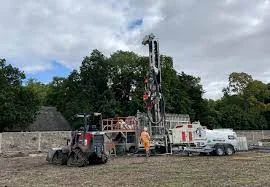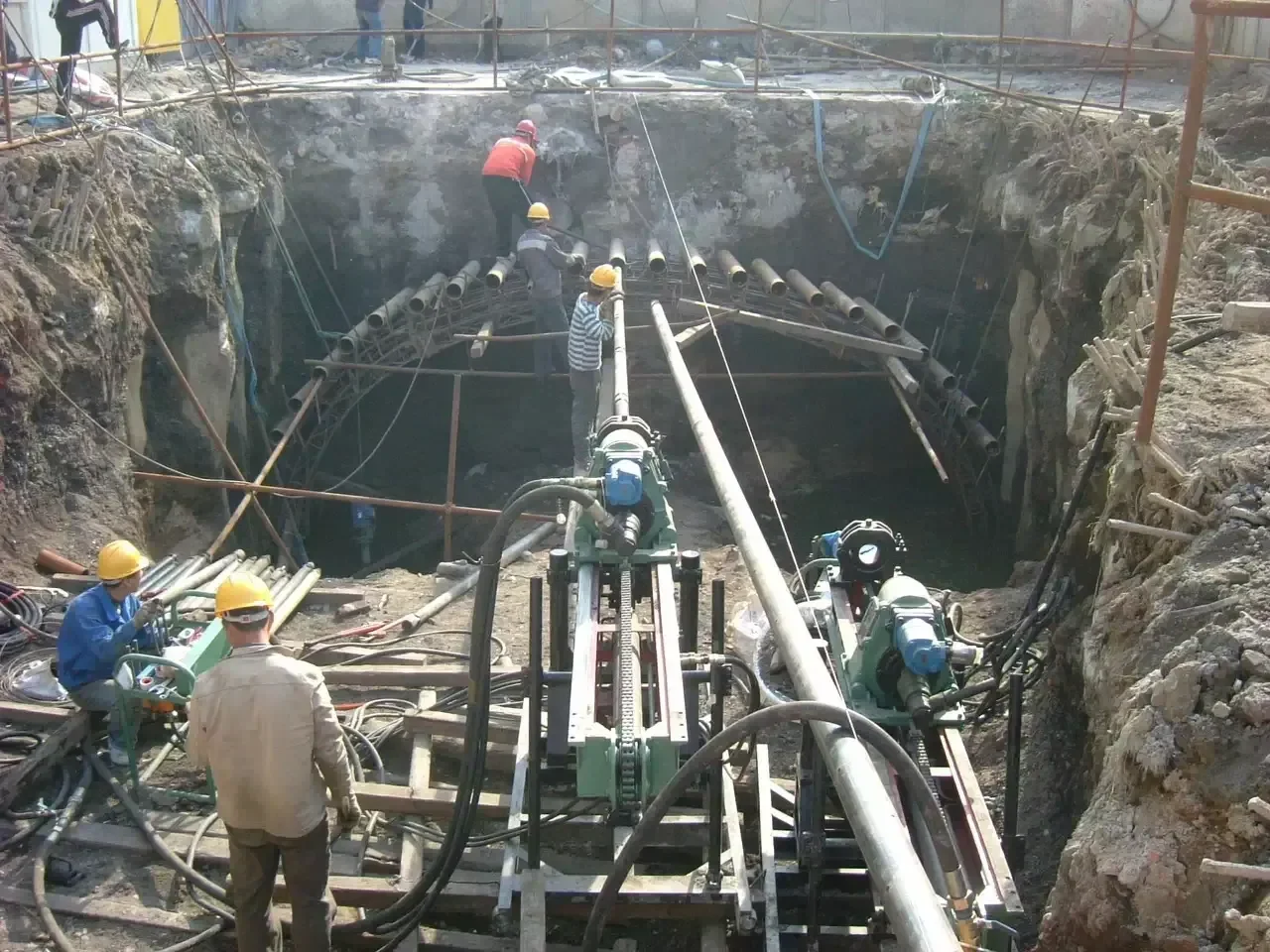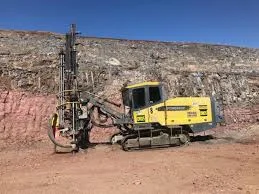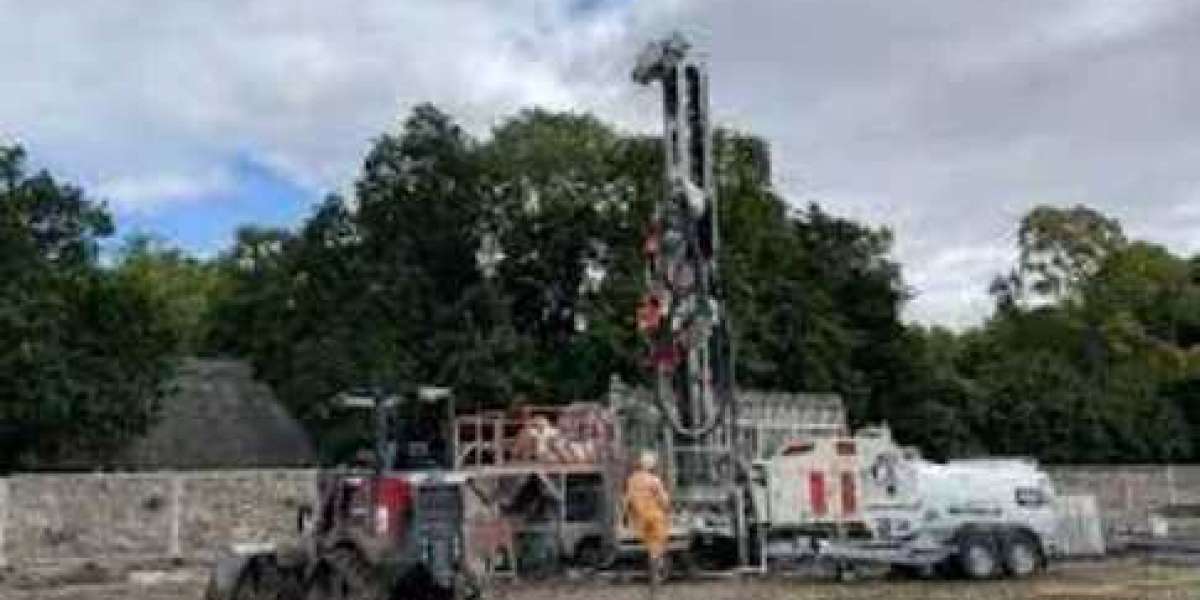Split anchor drilling is a specialized drilling technique that is widely used in various industries for a range of applications. This innovative method involves splitting the rock mass using drilling and grouting techniques to create stable and load-bearing structures. In this article, we will explore the main applications of split anchor drilling and how it is utilized in different industries.
Understanding Split Anchor Drilling
Split anchor drilling is a technique used to reinforce and stabilize rock masses. It involves drilling boreholes into the rock, inserting anchor bars or tendons, and grouting them to create a bond between the rock and the anchor. The anchor bars are tensioned to provide stability and support to the rock mass. Split anchor drilling is often employed in situations where conventional rock reinforcement methods like rock bolts or shotcrete are not sufficient.

Civil Engineering and Infrastructure
One of the main applications of split anchor drilling is in civil engineering and infrastructure projects. It is commonly used to stabilize slopes, embankments, and retaining walls. By installing split anchors, the stability of the rock or soil mass can be significantly improved, preventing potential landslides or collapses. Split anchor drilling is also utilized in the construction of tunnels, underground structures, and deep excavations, providing additional support and reinforcement.
Mining and Quarrying
The mining and quarrying industry heavily relies on split anchor drilling for various applications. In underground mining, split anchors are used to stabilize the roof and walls of tunnels and stopes. These anchors provide crucial support to prevent rockfalls and ensure the safety of personnel and equipment. In open-pit mining, split anchor drilling is employed to stabilize high walls and slopes, reducing the risk of rockslides and maintaining the integrity of the mining operation.
Geotechnical Engineering
Geotechnical engineers utilize split anchor drilling to address soil and rock stability issues in a wide range of projects. This technique is commonly used for slope stabilization, where unstable slopes or embankments pose a risk to infrastructure or human safety. Split anchors can also be employed to reinforce and stabilize foundations, especially in areas with weak or compressible soils. By improving the stability and load-bearing capacity of the ground, split anchor drilling allows for the safe and efficient construction of buildings, bridges, and other structures.

Dam and Reservoir Construction
Split anchor drilling plays a crucial role in the construction and maintenance of dams and reservoirs. Dams are subjected to significant loads and must withstand the pressure of water against them. Split anchors are used to reinforce the dam body and stabilize the foundation, ensuring the structure's integrity. In reservoir construction, split anchor drilling is employed to stabilize banks and slopes to prevent erosion and maintain the stability of the reservoir's surroundings.
Rockfall Protection
Rockfall poses a significant hazard in mountainous areas, along highways, and near infrastructure. Split anchor drilling is an effective method for rockfall protection, allowing for the installation of rockfall barriers and catch fences. These systems consist of steel cables anchored into the rock using split anchors. When rockfall occurs, the barriers absorb the energy and prevent the rocks from reaching the protected area, ensuring the safety of people and structures.
Environmental Applications of Split Anchor Drilling
Split anchor drilling techniques are also utilized in various environmental applications. For example, in landfills, split anchors can be used to stabilize slopes and prevent erosion, improving the overall safety and integrity of the landfill site. Similarly, in coastal areas prone to erosion, split anchors can be employed to stabilize cliffs and prevent the loss of land. By providing stability to these environmentally sensitive areas, split anchor drilling contributes to the preservation and protection of our natural surroundings.

Conclusion
Split anchor drilling is a versatile and effective technique used in a wide range of applications across different industries. Whether it is stabilizing slopes, reinforcing underground structures, protecting against rockfall, or ensuring the stability of dams and reservoirs, split anchor drilling plays a crucial role in providing stability and safety. As technology and techniques continue to advance, split anchor drilling will remain a valuable tool for engineers and geotechnical professionals, enabling the construction of robust and resilient structures while mitigating potential risks to people and the environment.








